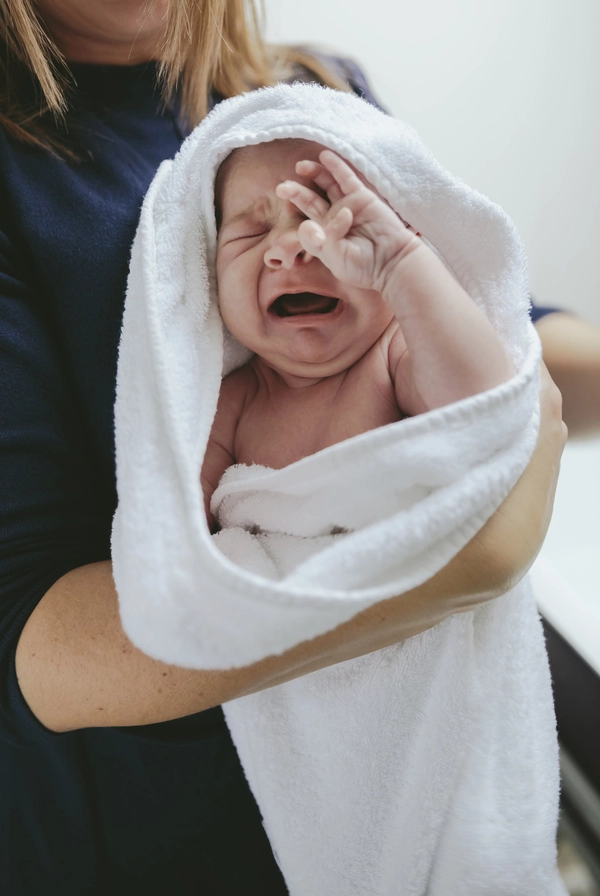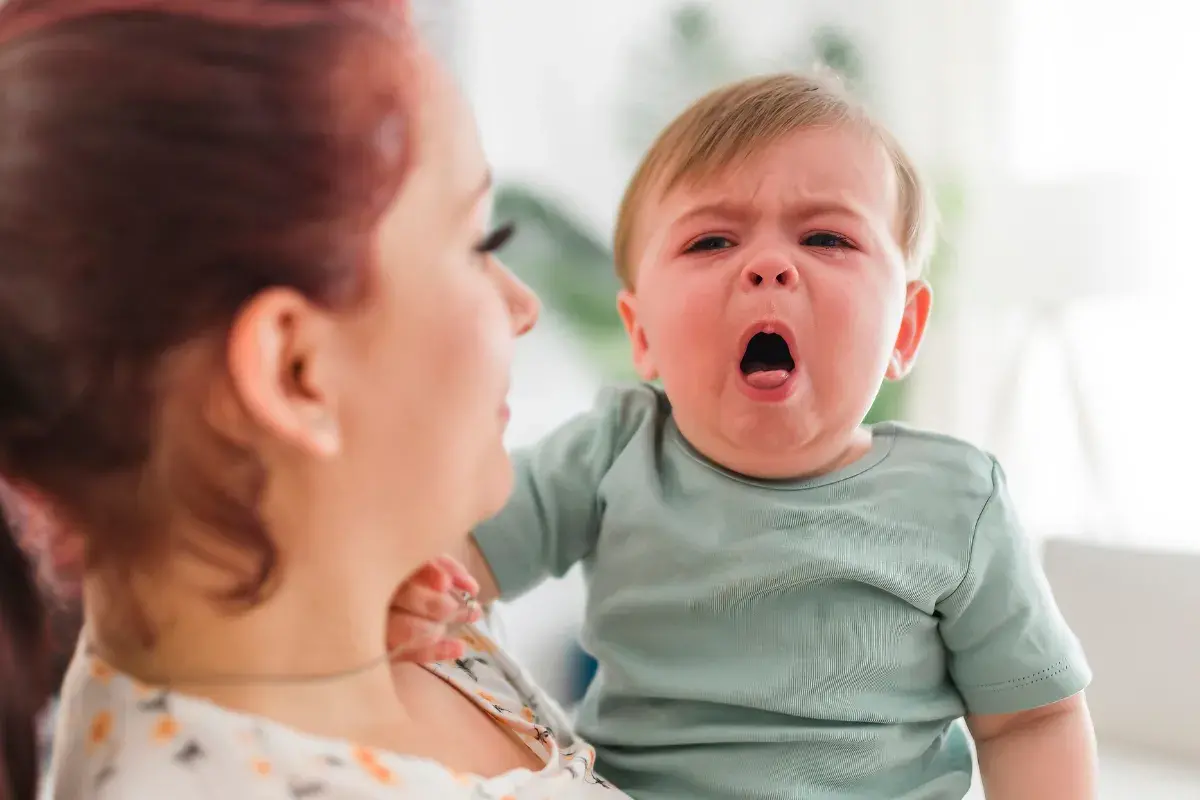Did you know that sleep is just as vital for children as a balanced diet and regular exercise? While restful sleep may seem natural for many, it can be an ongoing challenge for some children and their families. Sleep disorders not only affect a child’s rest, but they also have a direct impact on their physical, emotional, and cognitive development.
In this blog, we’ll explore the types of sleep disorders, their common causes, and—most importantly—how we can help children achieve restorative sleep. Join Dr. Denise Núñez, a board-certified pediatrician in Pediatric Critical Care Medicine, as she shares her expertise and insights to guide families through this important health issue.
What Are Sleep Disorders in Children?
Sleep disorders in children are chronic or recurrent issues that interfere with their ability to get proper rest. These disturbances can manifest in several ways:
- Difficulty falling asleep
- Frequent awakenings during the night
- Excessive daytime sleepiness
- Abnormal behaviors during sleep, such as sleepwalking or night terrors
Sleep deprivation doesn’t just cause tiredness in children; it can also affect their academic performance, behavior, and physical health. Early identification of these problems is crucial for ensuring the child’s overall well-being.
Main Causes of Sleep Disorders in Children
Environmental Factors
The environment where a child sleeps can significantly affect their rest:
- Irregular routines: Inconsistent sleep schedules
- Screen exposure: Using electronic devices before bedtime
- Stimulating environments: Bedrooms with bright lights, noise, or too many toy
Medical Factors
Certain health conditions can disrupt sleep:
- Sleep apnea: Pauses in breathing during sleep
- Allergies or asthma: Breathing difficulties that disturb rest
- Gastroesophageal reflux or pain: Discomforts that prevent relaxation
Psychological Factors
Children, like adults, can experience stress and anxiety, such as:
- Anxiety about major life changes
- Stress related to academic performance or social interactions
- Emotional disorders affecting their peace of mind
“Sleep is not just a basic need; it is a direct reflection of a child’s physical and emotional health,” says Dr. Denise Núñez.

How to Help a Child with Sleep Disorders
The good news is that many sleep disorders in children can be managed with simple strategies:
- Establish a Consistent Routine: A fixed bedtime and wake-up time help reinforce the child’s biological clock.
- Avoid Screens Before Bedtime: Electronic devices emit blue light that interferes with melatonin production, the hormone responsible for regulating sleep.
- Create a Sleep-Friendly Environment: Ensure the bedroom is quiet, dark, and comfortably cool. Consider blackout curtains or a white noise machine if necessary.
- Limit Sugars and Caffeine: Foods and drinks like sodas or chocolate can make it harder for the child to unwind before bedtime.
- Consult a Pediatrician:
“Sleep disorders in children should not be underestimated. Evaluating their cause and treating it appropriately can make a significant difference in their development,” says Dr. Denise Núñez.
Contact Dr. Denise here
Sleep is fundamental to a child’s growth and development. Early identification of sleep disorders and taking proactive steps can significantly enhance the child’s well-being and improve family dynamics. Whether it’s adjusting sleep routines, creating a conducive environment, or seeking medical guidance, every effort makes a difference.
As Dr. Denise Nuñez emphasizes, “There’s nothing more valuable than a well-rested, happy child. Let’s help them achieve the restorative sleep they need to thrive.”
For more tips on preventing and detecting early respiratory infections in your children, be sure to follow me on Instagram, Facebook, Twitter, and LinkedIn. Together, we can ensure our little ones lead a healthy life, supported by habits that enhance their well-being to the fullest.






